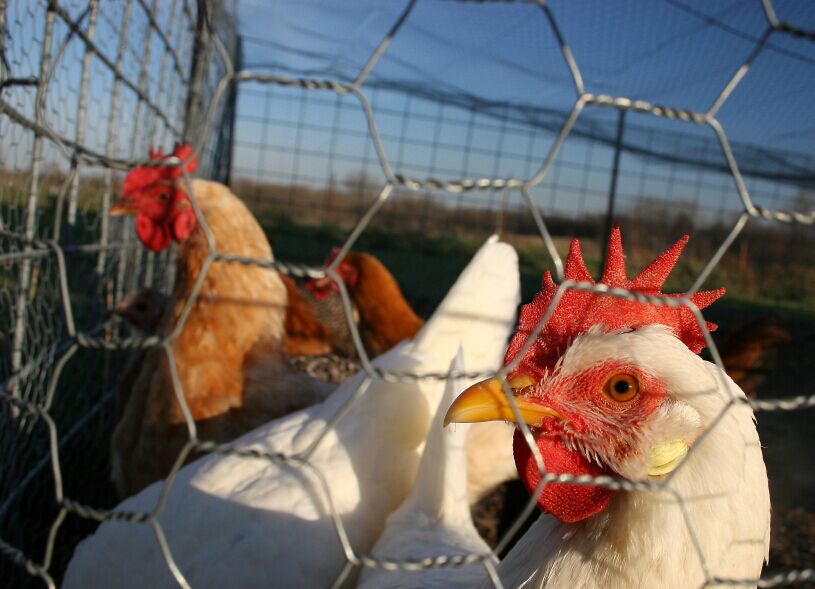From the end of February to March, it is the jointing stage of wheat growth. At this time, we must pay attention to the method of fertilization. Then, how to apply wheat jointing fertilizer?
Wheat with normal growth at the time of application generally begins in late February and early March, and stops at the first internode, and begins to rise in the second internode. At this time, it is necessary to apply the obvious internodes in the hand, and it will not cause the plant roots to be too long and cause the inverted shape. However, if the leaf color falls prematurely at the jointing stage, the yellowing time is more than 7-10 days, the plant is thin, and the wheat field with few tillers should be applied 5-7 days in advance; if the leaves are dark green, the leaves are drooping, the plants are In a wheat field with a large population and still continuing to accumulate, it is advisable to postpone the application for 7-10 days, and apply less or no quick-acting nitrogen fertilizer to avoid excessive tillering.
Apply normal wheat seedlings with a quantity of 8-15 days of leaves, 5-7 kg of urea and potassium chloride per acre; thin or late-release seedlings of 6-8 leaves, 7.5-10 kg per mu of urea Or ammonium bicarbonate 15-20 kg; more than 10 leaves of Wangchang seedlings, per acre should be applied to phosphate fertilizer and potassium fertilizer each 5-7.5 kg, no or less nitrogen fertilizer. For field plants such as thin seedlings, late seedlings, late-onset seedlings, and de-fertilized seedlings, quick-acting ammonium bicarbonate should be used in topdressing. However, when chasing ammonium bicarbonate, we must pay attention to the following two points: First, we must mix fine soil when applying; second, we should apply after dew in the morning to avoid the occurrence of fertilizer damage. The amount of top dressing is generally 20-25 kg per mu.
When the application method is dry and dry, it is required to apply the ditching strip or the cave hole application, and immediately cover the soil after application to prevent the loss of volatiles; in continuous rainy days, the urea or potassium fertilizer should be applied to cover the shallow soil; if the manure is applied When urinating, it should be drenched with water.
Chicken Wire is also named poultry netting or Hexagonal Wire Netting. It is commonly used to Fence poultry livestock.
According to the materials, Chicken Wire Mesh comes in four types: galvanized wire chicken mesh, stainless steel wire netting, PVC coated green wire netting and brass chicken fence.

Material: Low carbon wire, electro galvanized wire, hot dipped galvanized wire, PVC coated wire and stainless steel wire
Mesh wire:0.4-3.5mm
Mesh size:1/2", 3/4", 3/8", 5/8", 1", 1-1/4", 1-1/2", 2", 3", 4"
Twist style: Normal twist and reverse twist
Technique: Gal. after weaving and gal. before weaving
Classification:
1) Hot dipped galvanized hexagonal mesh(Hot dipped galvanizing after weaving or before weaving)
2) Electro galvanized hexagonal mesh(Hot dipped galvanizing after weaving or before weaving)
3) PVC coated hexagonal mesh
4) Stainless steel hexagonal mesh
Chicken Wire
Chicken Wire Mesh,Galvanized Chicken Wire,Vinyl Coated Chicken Wire
Anping Enzar Metal Products Co.,Ltd. , https://www.enzarmetal.com